blog
Interview with photographer Frank Biringer
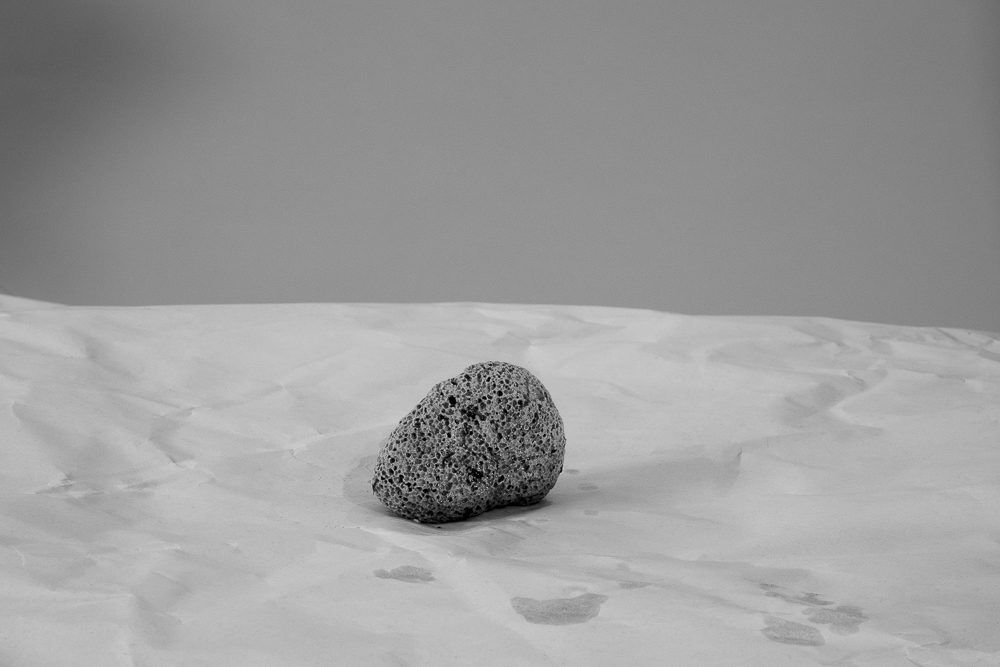
Untitled (#tup-x3550)
F-Stop Magazine: Tell us a bit about your background as a photographer.
Frank Biringer: I have been photographing since I was a teenager and inherited a Minolta SRT-101 from my father. Later I documented my early adulthood intensively through snapshots with a point and shoot camera.
But it is first during the last 10 years I have been more serious into the field of photography. At a workshop back in 2008 I was introduced to the history of photography and lens based art. That opened a whole new world for me. Since then I have tried to learn as much as possible about the field through collecting photo books, studying work of renowned photographers and attending international festivals and workshops. I have no formal eduction in photography though.
Later I started a photographic collective together with 3 friends, «photopolet», which has given me the opportunity to develop work and exchange ideas.
F-Stop: The current issue of F-Stop Magazine features images from your project “Tupilak”. Can you tell us about this project? What led to this work?
FB: A couple of years ago I heard about Tupilaks from Greenland. A Tupilak is created by a shaman for the purposes of assassination and revenge. It is a construct built from the body parts of various species. Tupilaks are described in many folk tales in Greenland. Sending a Tupilak is dangerous – if the target turns out to be a more powerful shaman than the sender then the monster can be turned back on it’s creator and harm him or her. No physical examples are known to survive but representations of them exist in the form of drawings, statues and carvings on whalebones.
During walks along the local shore in western Norway I discovered many objects and started to relate these objects to imaginary parts of a Tupilak. I started to collect the mostly organic parts, brought them home and assembled them to installations and objects, giving them a new life that way.
Earlier this year I self-published a hand-bound book of the Tupilak series, limited to 100 numbered copies.
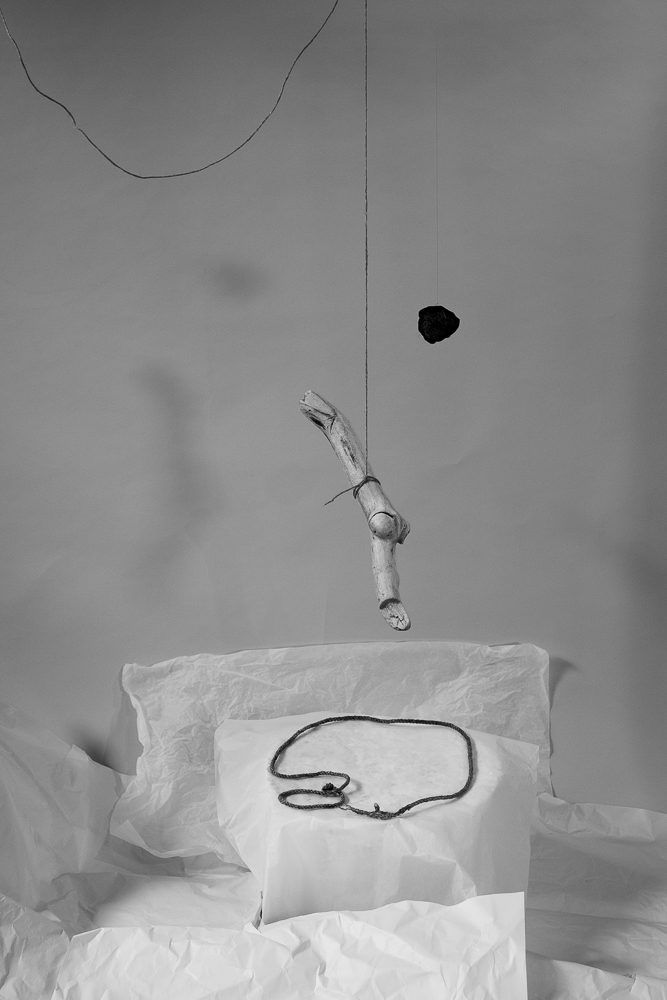
Untitled (#tup-x3708)
F-Stop: What is your process for making these images or your creative process more generally?
FB: I often start with a very loose idea; it can be a song, a book or even a single word. Having this in the back of my mind I start to photograph, collect these, print them, lay them out on the floor, edit, select and sequence them. Then after a while they start to talk to each other; connections are established. From that point on I continue to take new photos and add them to the collection. This process goes in several iterations and usually lasts over a longer period of time. That way something completely different than the original start point can result but the work grows very organic that way.
F-Stop: Where do you find inspiration for the images you create?
FB: I can find inspiration in many things: books, music, films, a good or weird story. Walking, mile for mile, while listening to music is also a great source of inspiration. During longer walks I often get new ideas and can structure thought-fragments. But I never wait for inspiration, patient and focused work over long time is equally important for me in order to achieve the desired results.
F-Stop: What do you hope people feel or maybe learn from these photographs?
FB: I hope I can make the viewer curious, wondering. If looking at my photographs initiates a process in the viewers’ mind and they want to come back to the photographs several times I have succeeded in my task. Maybe my photographs can change thew way they see the world or engage them to learn something new about the world.
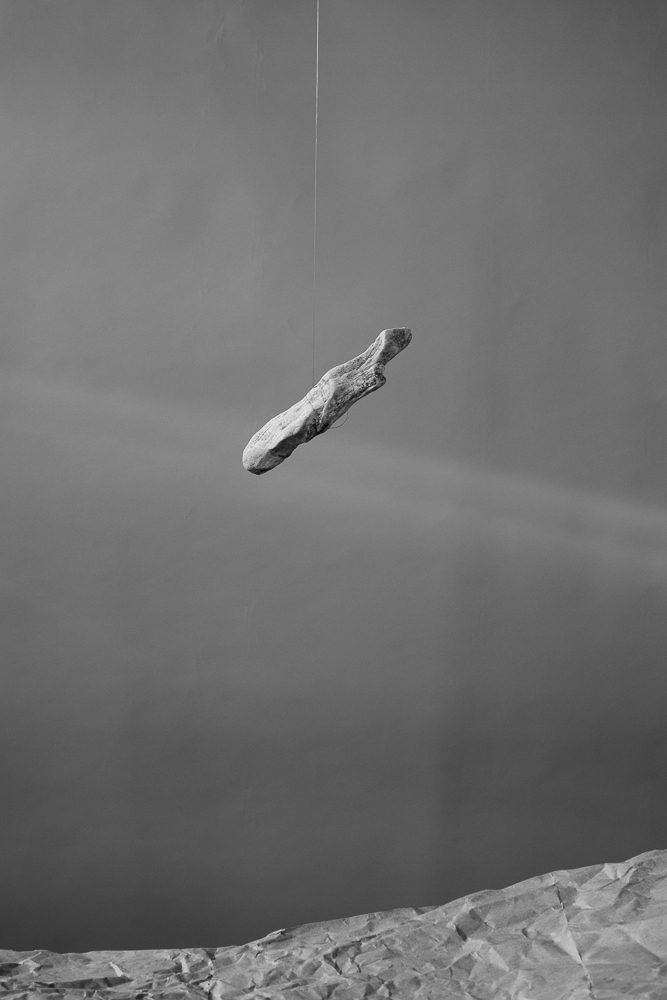
Untitled (#tup-x3497)
F-Stop: Do you have a favorite image in this series? If so, which one and why is the image that speaks to you most?
FB: Even if I don’t have a single favorite, I would pick the image of the stone hanging in a thread (#tup-x3497 – see above). It was one of the first images in the series and it illustrates quite well the project idea, giving a simple stone a new meaning through the context is is set in, maybe even with some superficial power. This image has also been published by Der Greif (#9).
F-Stop: Why do you photograph or make art more generally? What compels you to make the images you create?
FB: Being rather introverted, photography is for me a great tool to express thoughts, ideas and to tell stories. In my work I like to emphasize the mundane and overlooked, giving them a new meaning by adding fictive elements and creating narratives.
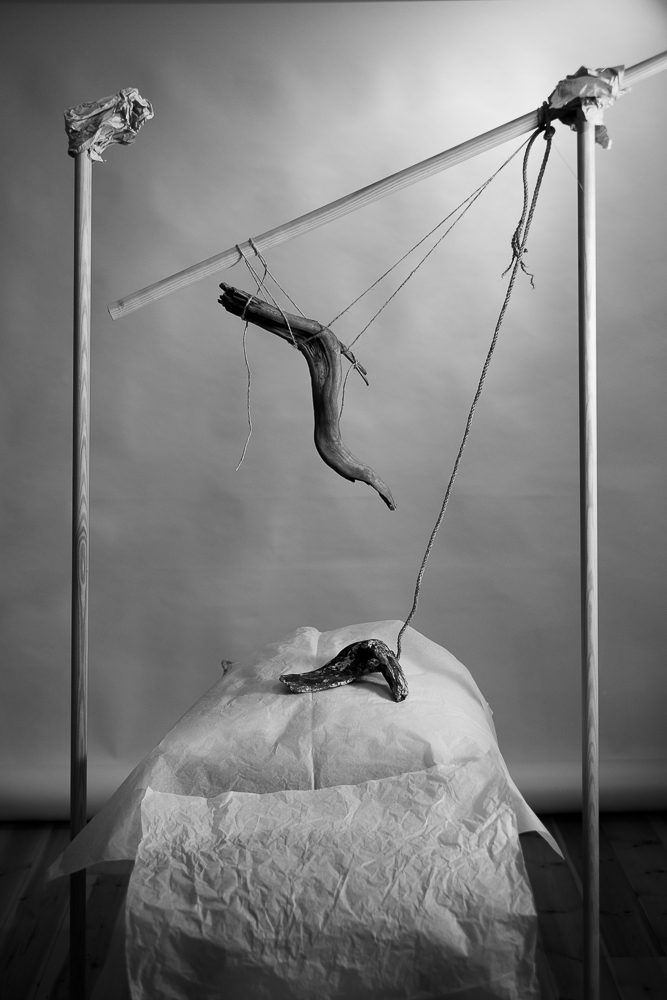
Untitled (#tup-x3847)
F-Stop: Are you working on any other projects currently?
FB: I have started a couple of new collections recently this year. They are both in a very early phase. One of them is loosely related to music; it started with photos from my Instagram stream where I tag posted pictures with the band and song I’m listening to when I take the photo or when I post it. Not sure how it will develop yet; maybe a story of a fictive road trip with the songs as soundtrack?
The other series started with the word «gap». I did read an interview with Chiharu Shiota. At one place she wrote about «gap years», being away from home after having moved and described how you put beautiful images in your head when you miss home. I could relate to that, having moved from my home country 21 years ago. Somehow the word «gap» stuck with me. I started to look for synonyms and related words, adding them to my notebook. Later I found the term «accidental gap» which comes from linguistics: words that could exist according to grammatical rules but don’t. That way one term or word led to another and formed a setting in my mind. While doing these small researches, finding associations and diversions, I started photographing with these references in the back of my mind. The resulting pictures don’t necessarily have a direct relation to the words and terms but the setting gives the collection a red thread on a subconscious level. That way the collection evolves and starts to grow. I use the same state of mind when editing the resulting images.
Right now I experiment with putting the photos on cardboards (see below), forming structures in order to create a context and relationships between them. This is inspired by editing techniques which I recently learned while attending a Jason Fulford workshop at the International Summer School of Photography in Latvia. Which by the way was a fantastic experience. The ISSP team has created a wonderful learning environment in Latvia for photographers from allover the world. And Jason was a great teacher with lots of knowledge, introducing us in a playful, yet serious and intense approach to learn more about visual language and context; referencing themes like chance, truth, contradictions, humour and absurdity.
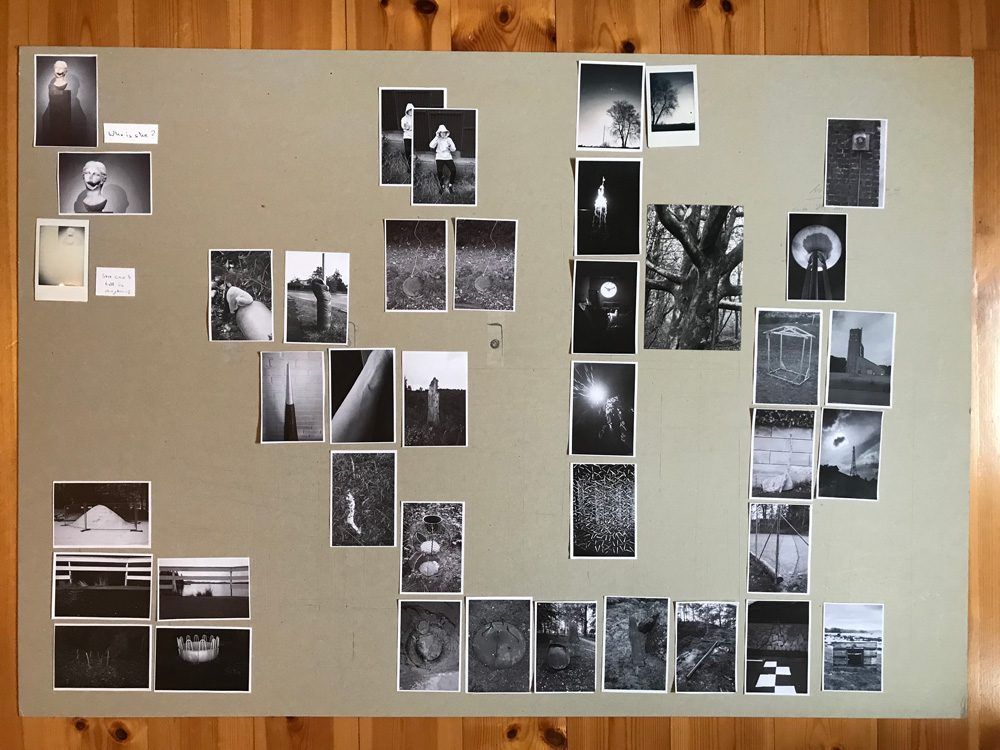
F-Stop: What photographers or other artists inspire you?
There are many photographers whose work I admire. The list is long and changes over time, new ones are added, others fade out. Recently Jason Fulford, Gerry Johansson and Amani Willett were added to the list. What the photographers on my list have in common is that they either tell good stories or that their work makes me wonder, like a riddle and has me going back to it time after time.
For more of Frank Biringer’s work: www.frankbiringer.com
Location: Online Type: Featured Photographer, Interview
Events by Location
Post Categories
Tags
- Abstract
- Alternative process
- Architecture
- Artist Talk
- artistic residency
- Biennial
- Black and White
- Book Fair
- Car culture
- Charity
- Childhood
- Children
- Cities
- Collaboration
- Community
- Cyanotype
- Documentary
- Environment
- Event
- Exhibition
- Faith
- Family
- Fashion
- Festival
- Film Review
- Food
- Friendship
- FStop20th
- Gender
- Gun Culture
- Habitat
- Hom
- home
- journal
- Landscapes
- Lecture
- Love
- Masculinity
- Mental Health
- Migration
- Museums
- Music
- Nature
- Night
- nuclear
- p
- photographic residency
- Photomontage
- Plants
- Podcast
- Portraits
- Prairies
- Religion
- River
- Still Life
- Street Photography
- Tourism
- UFO
- Water
- Zine

Leave a Reply